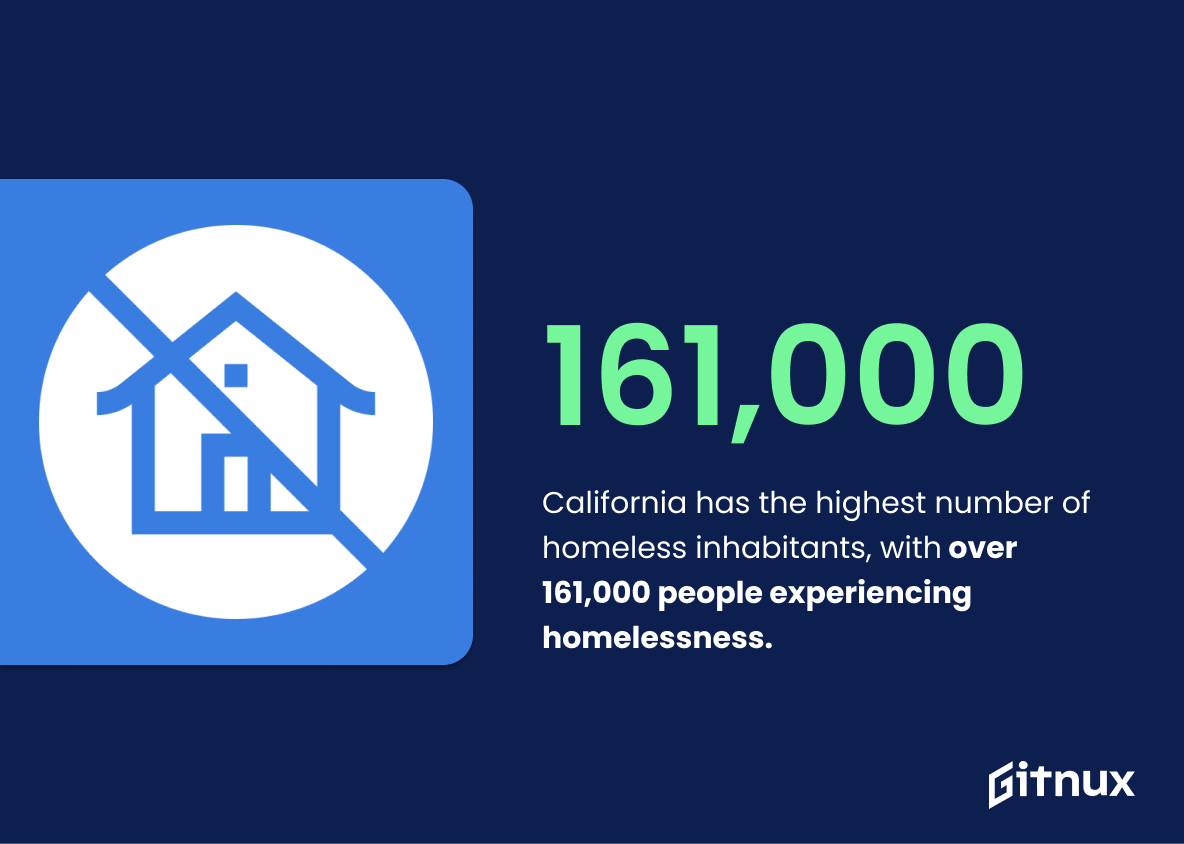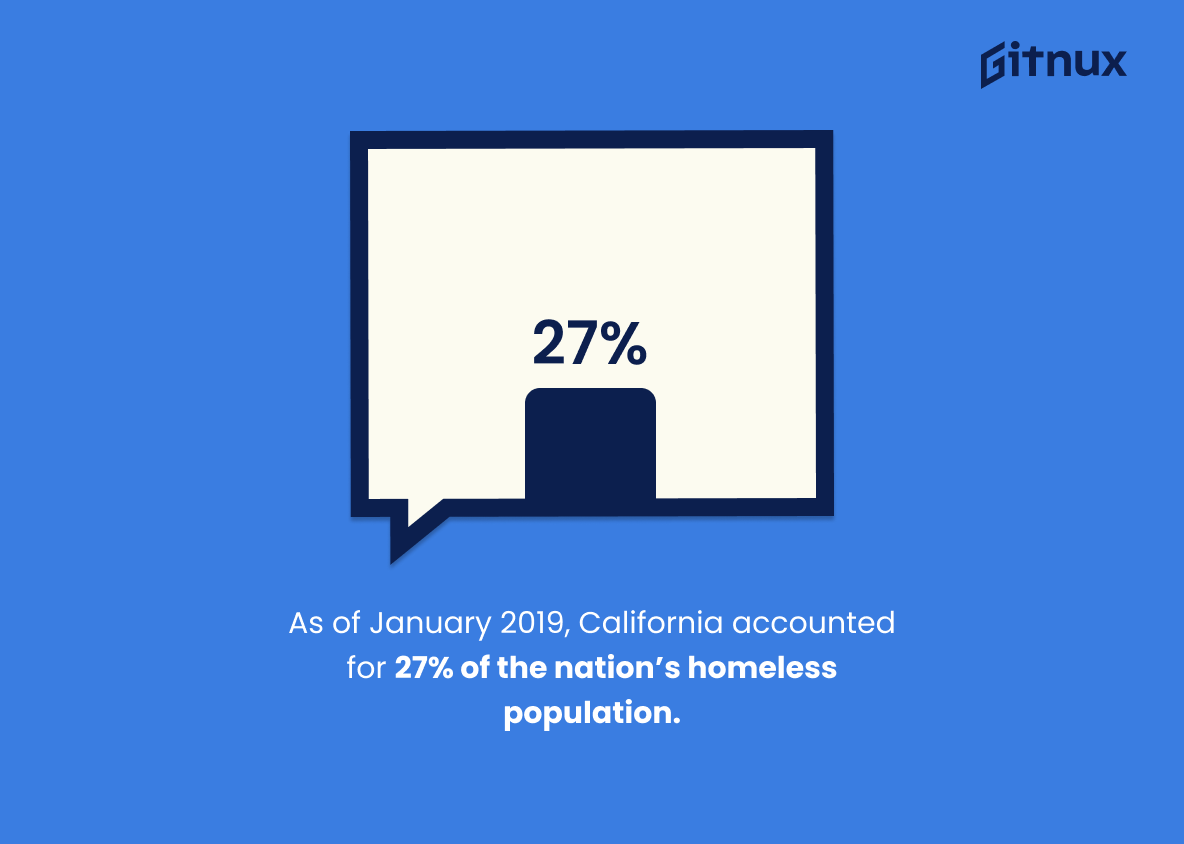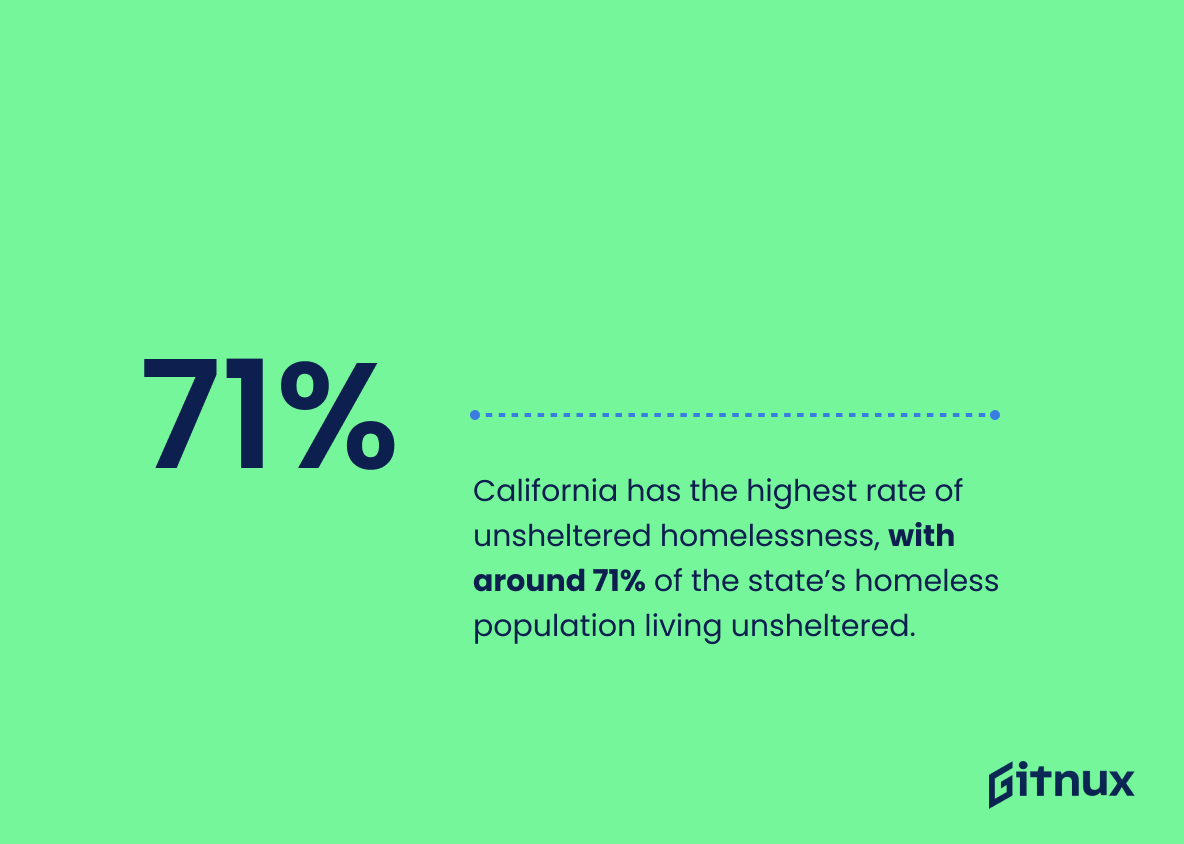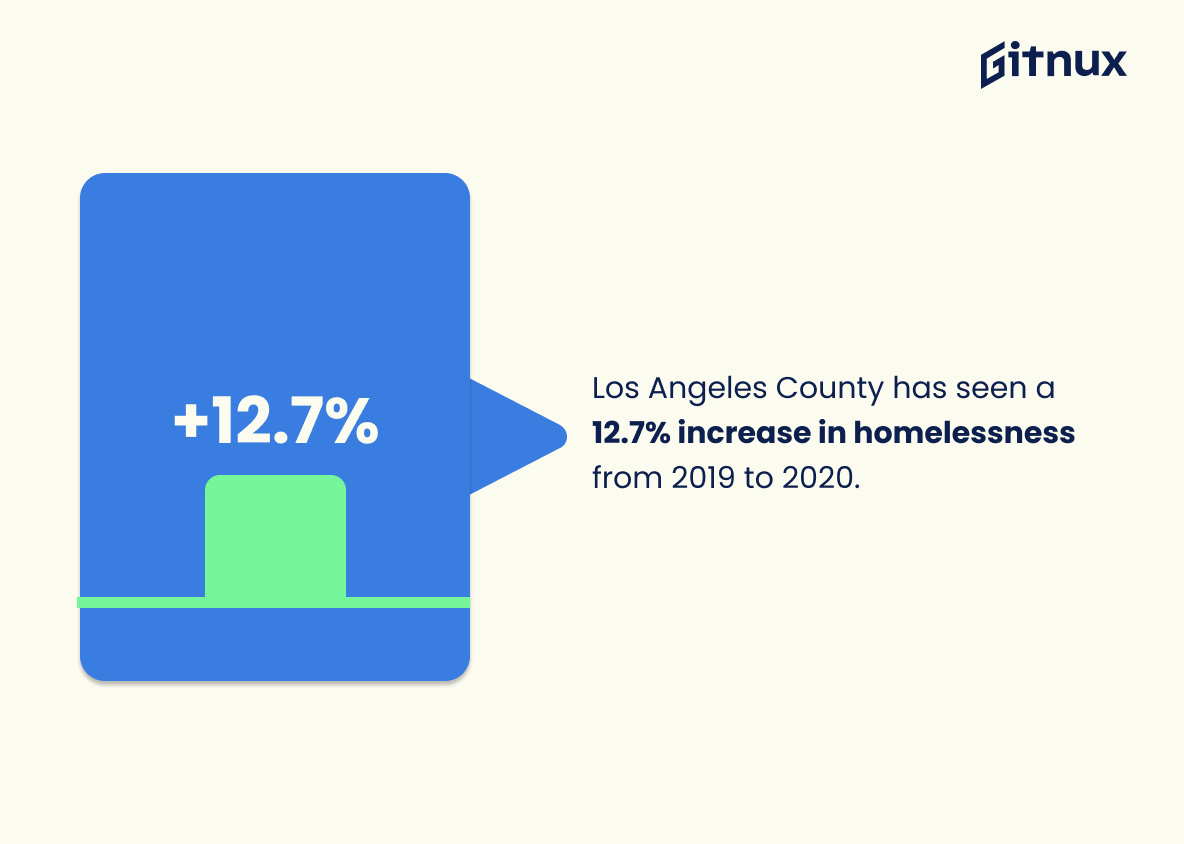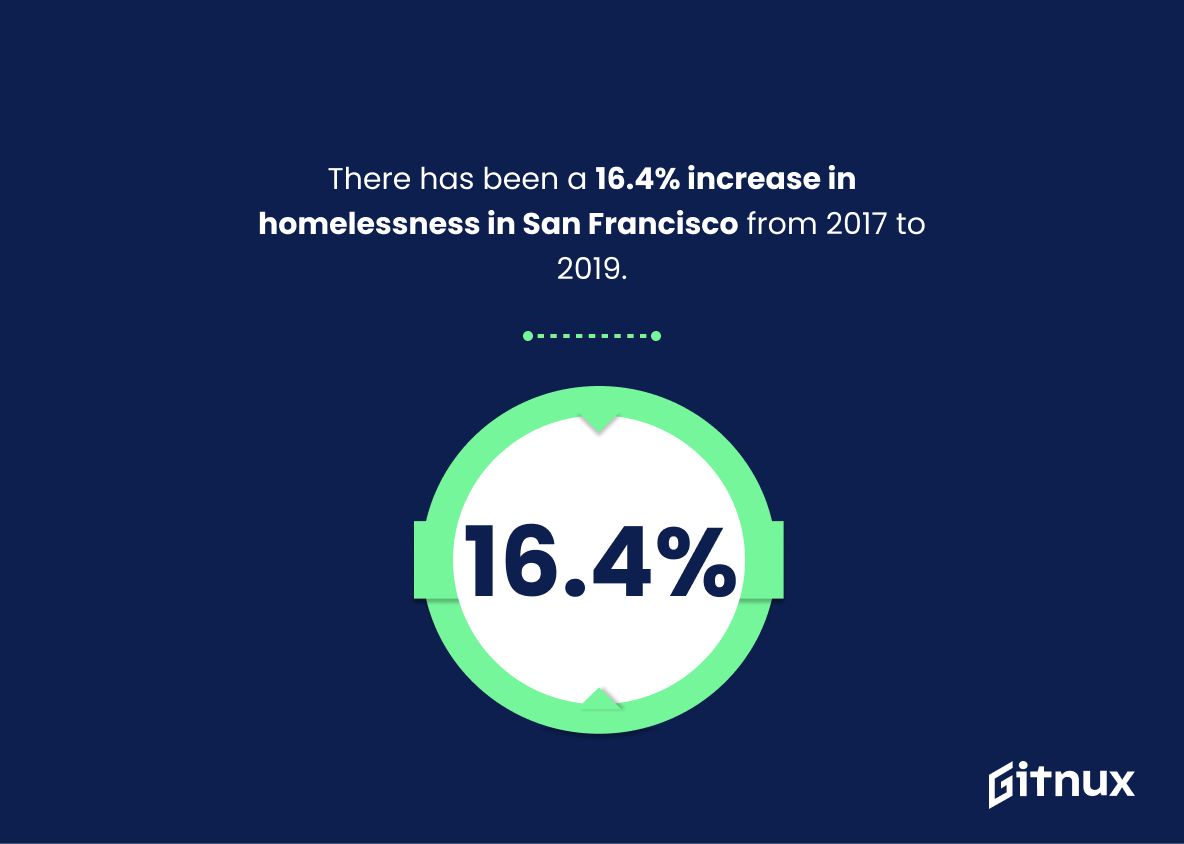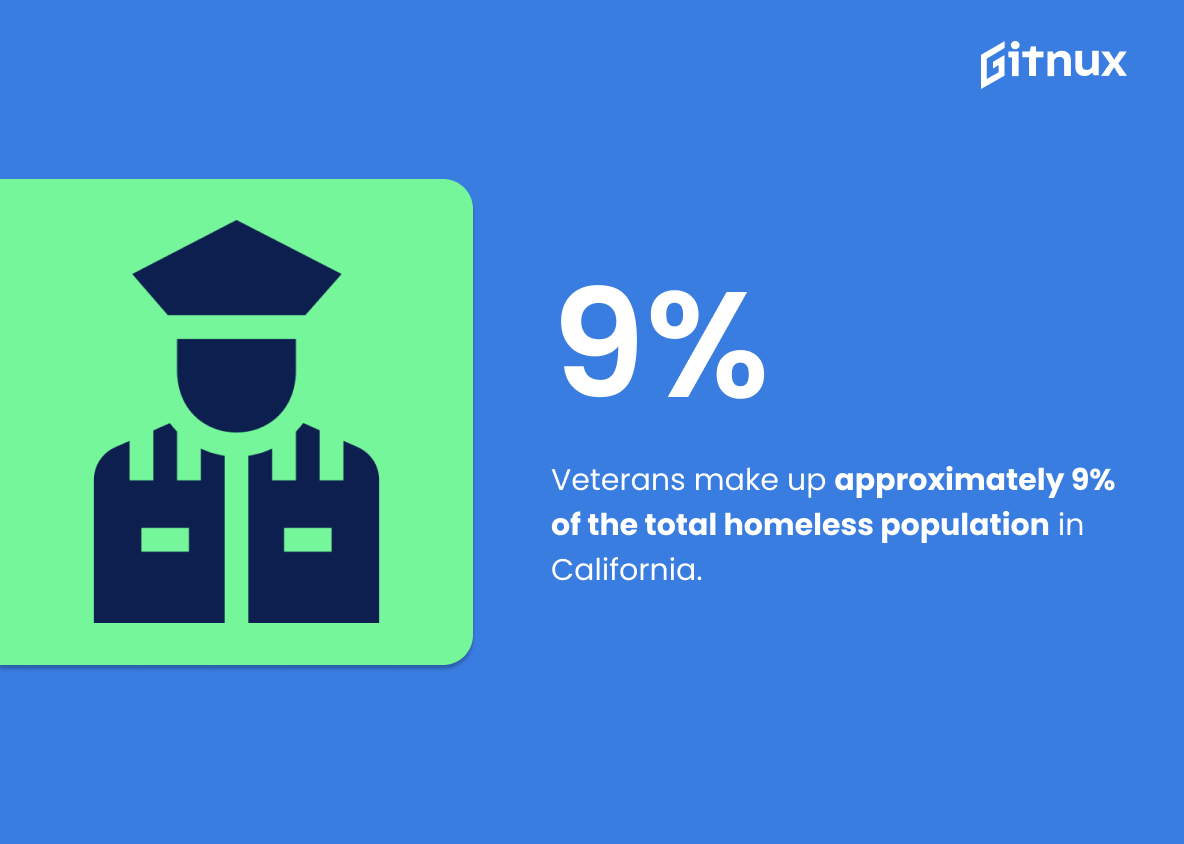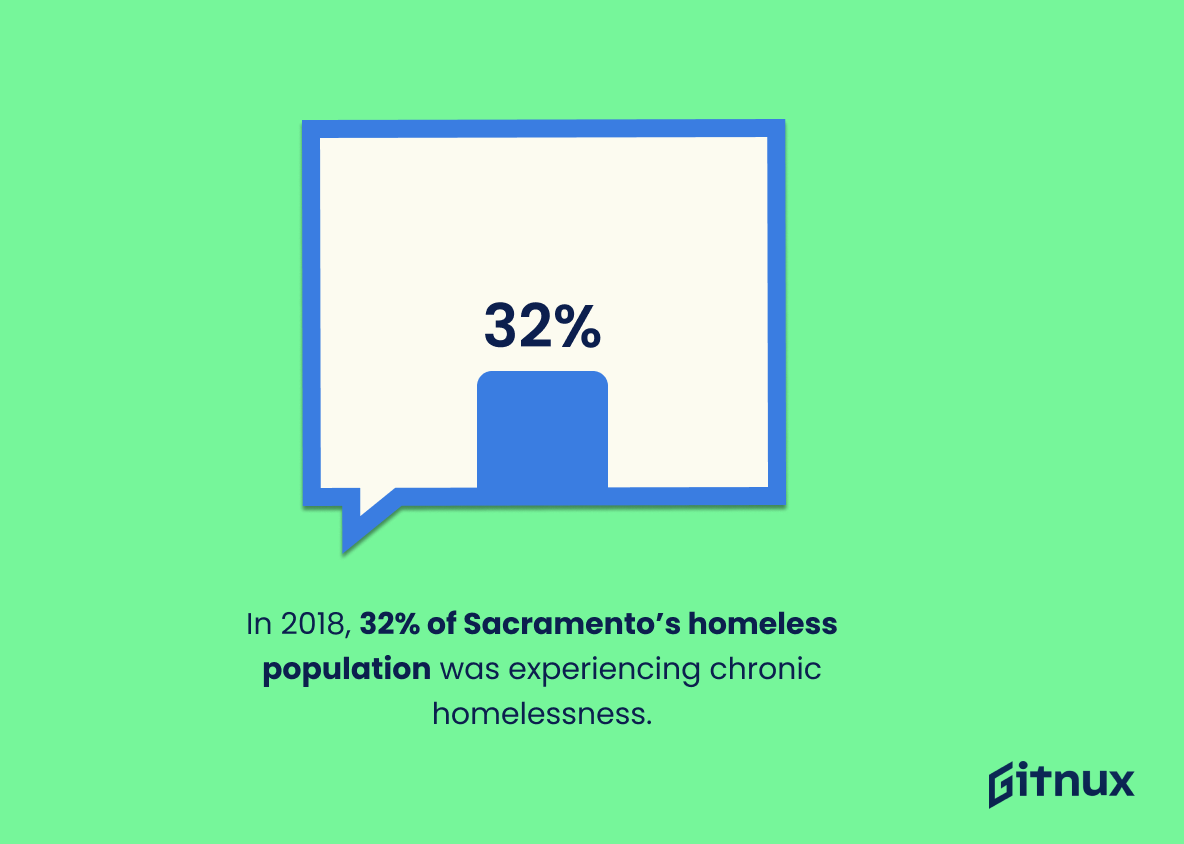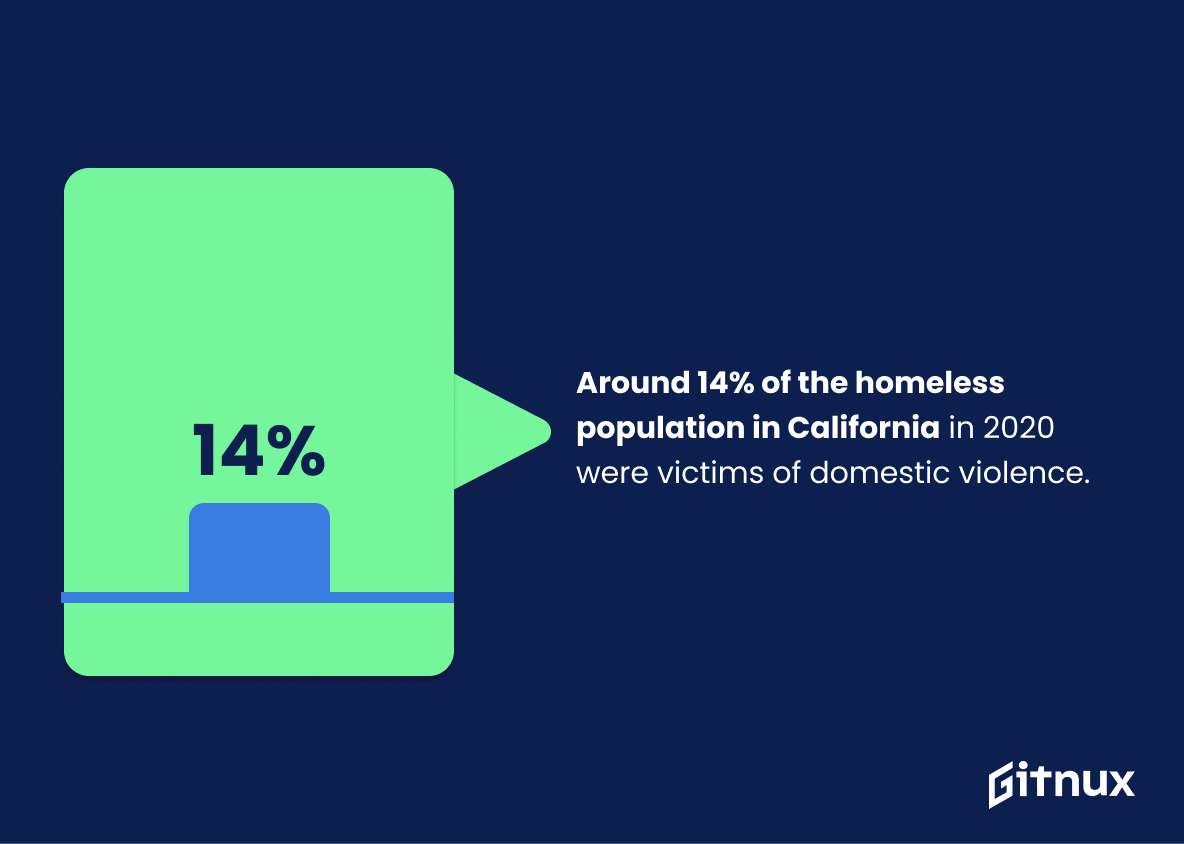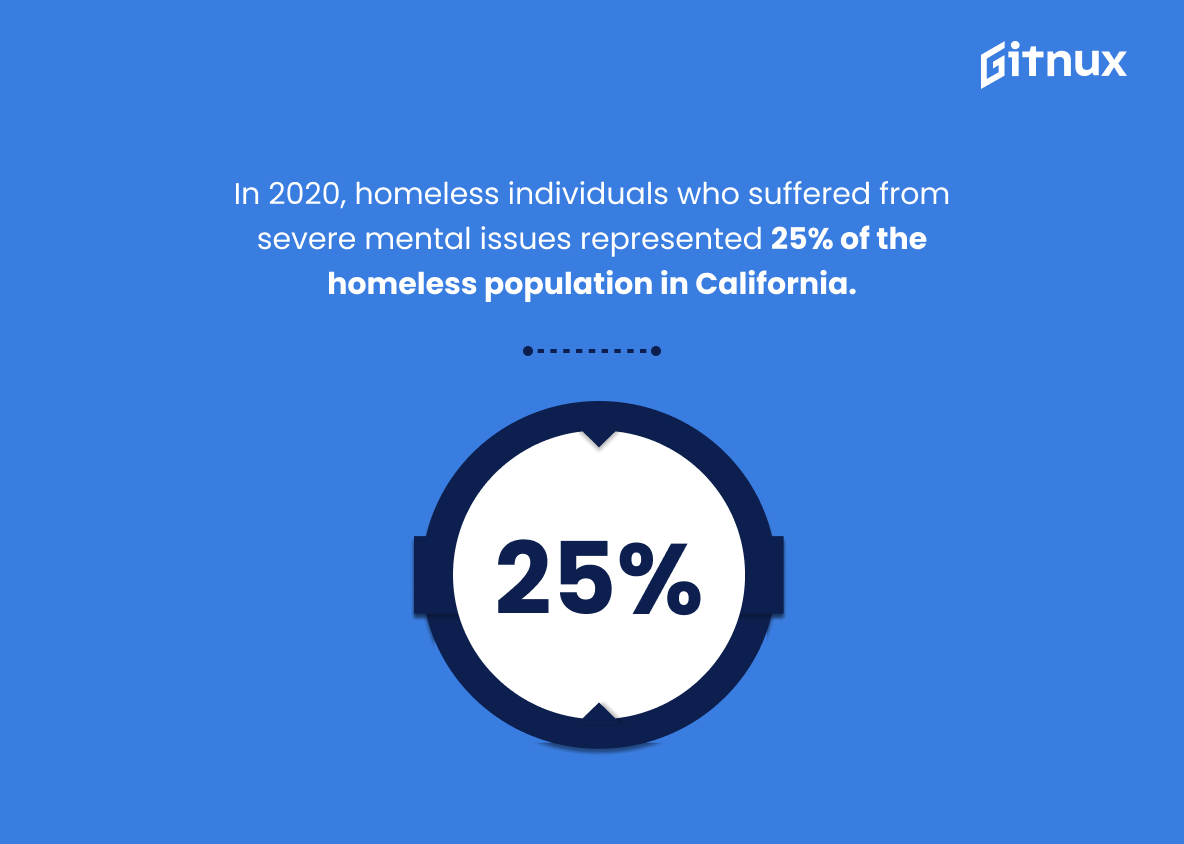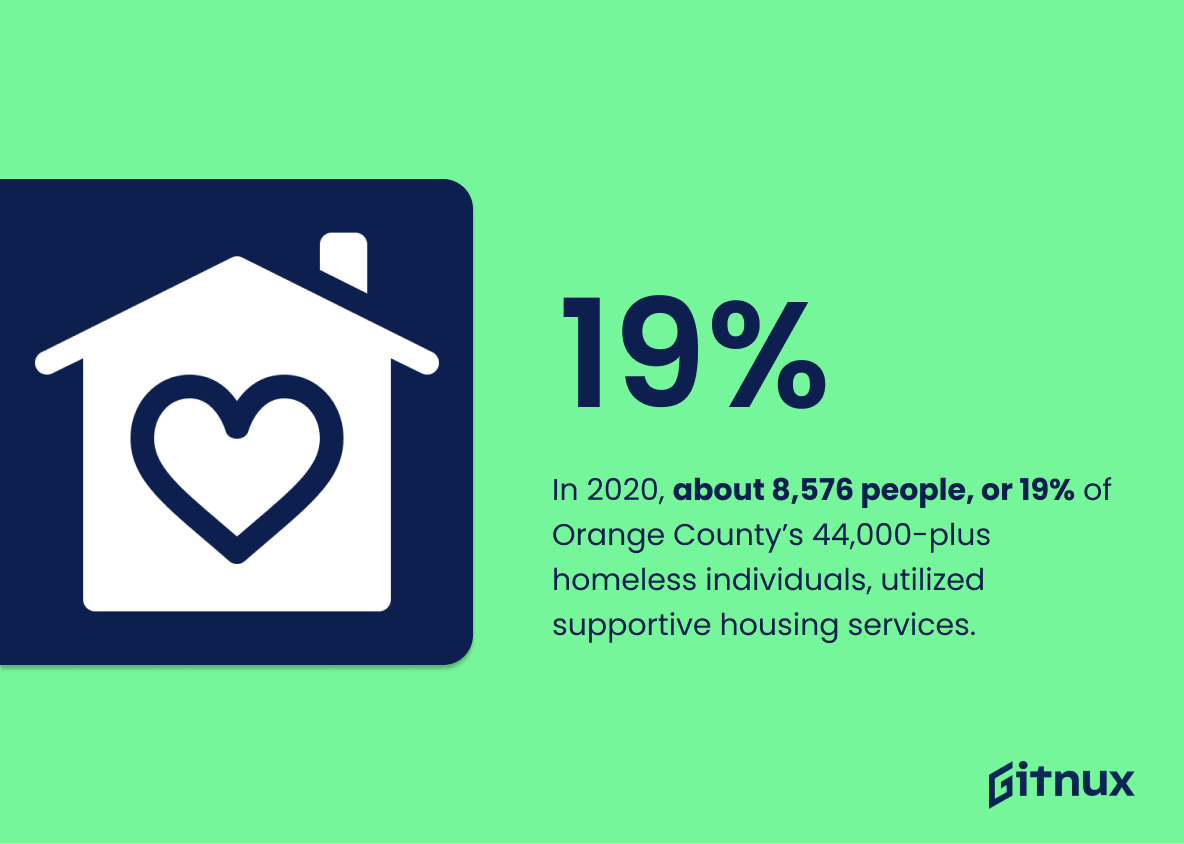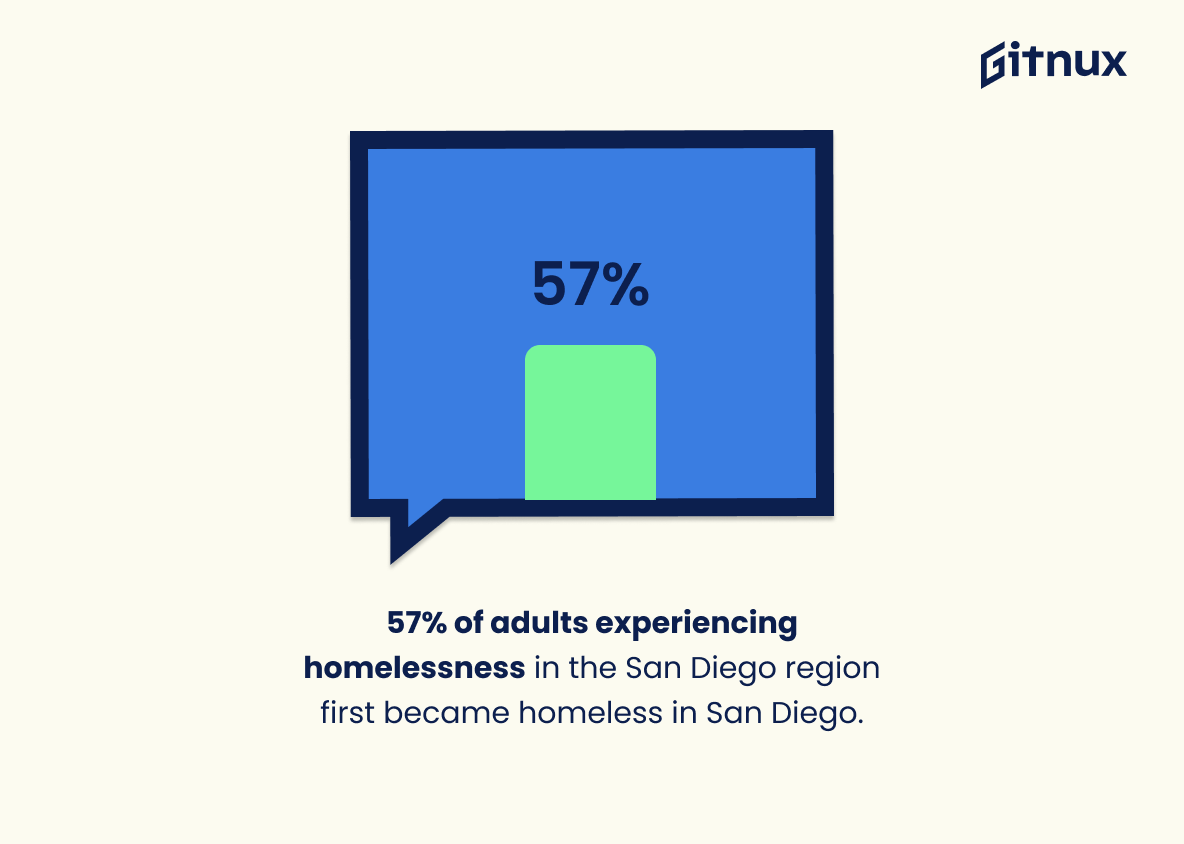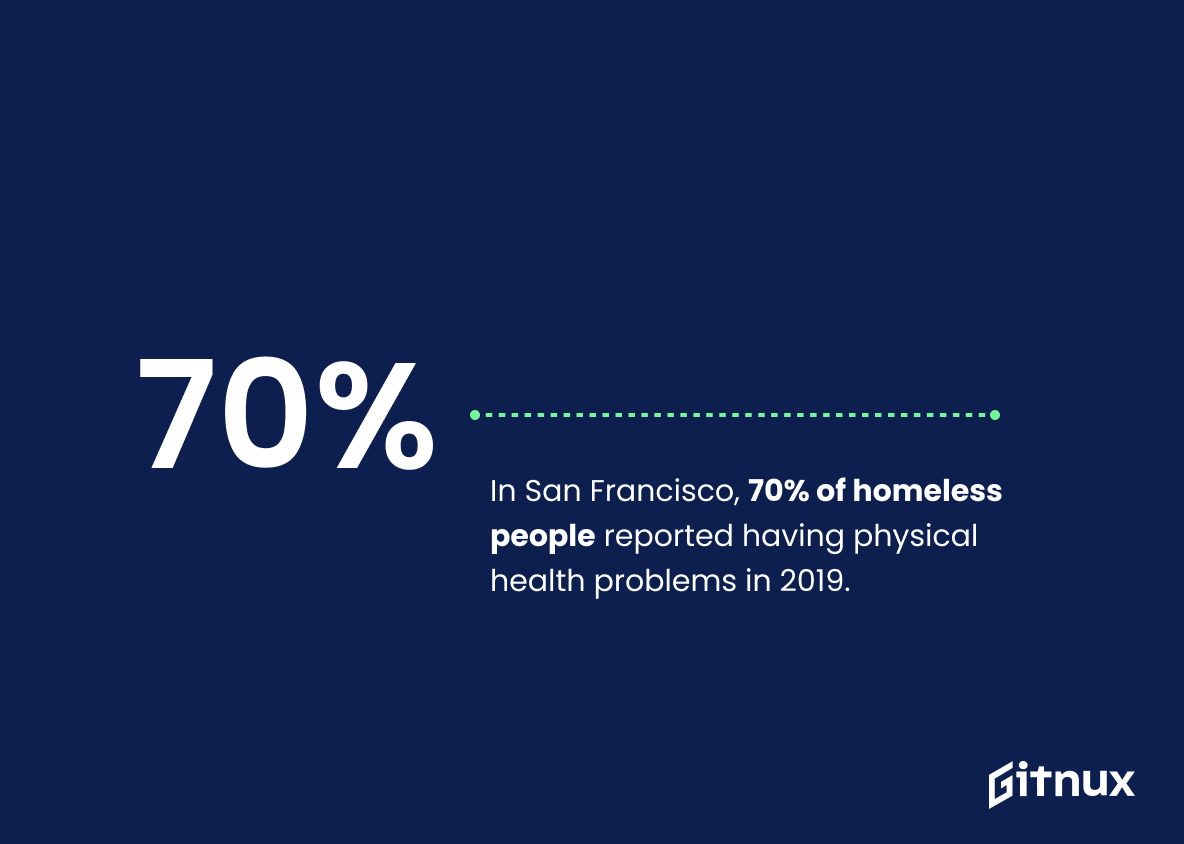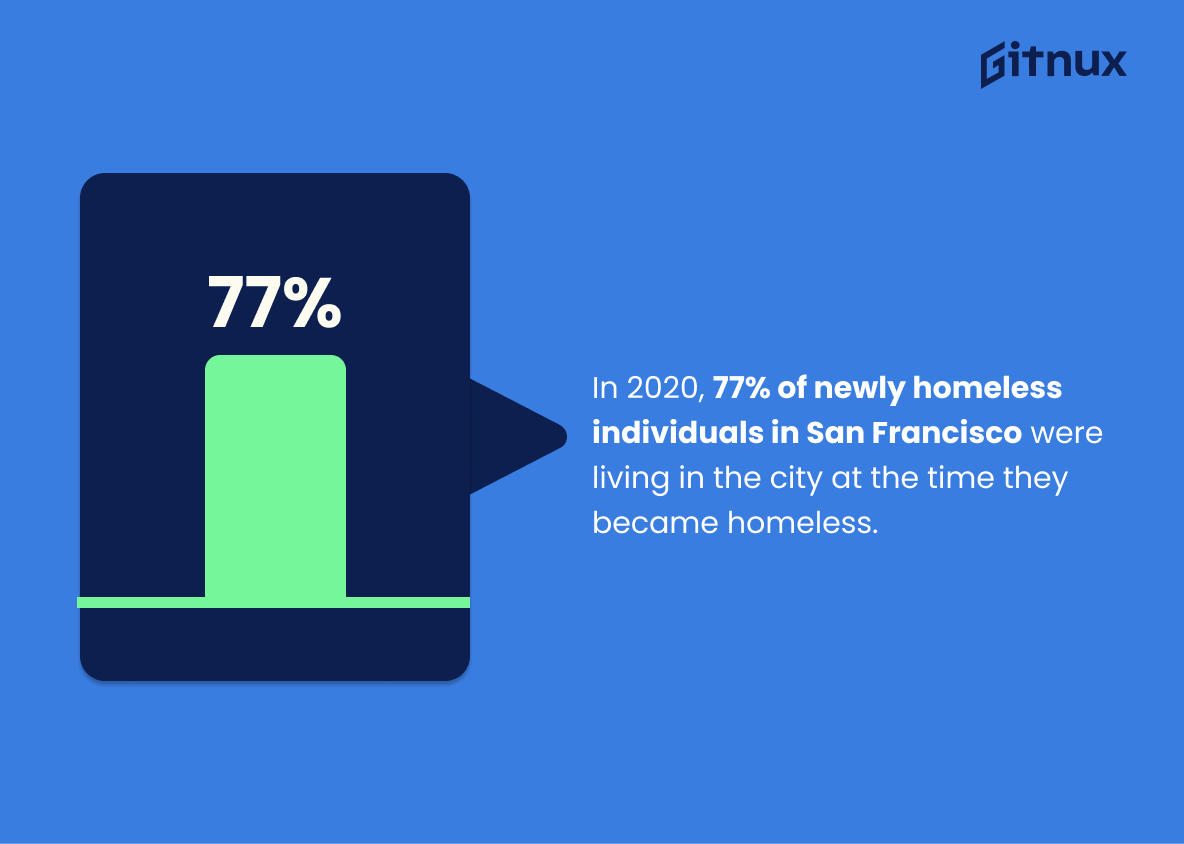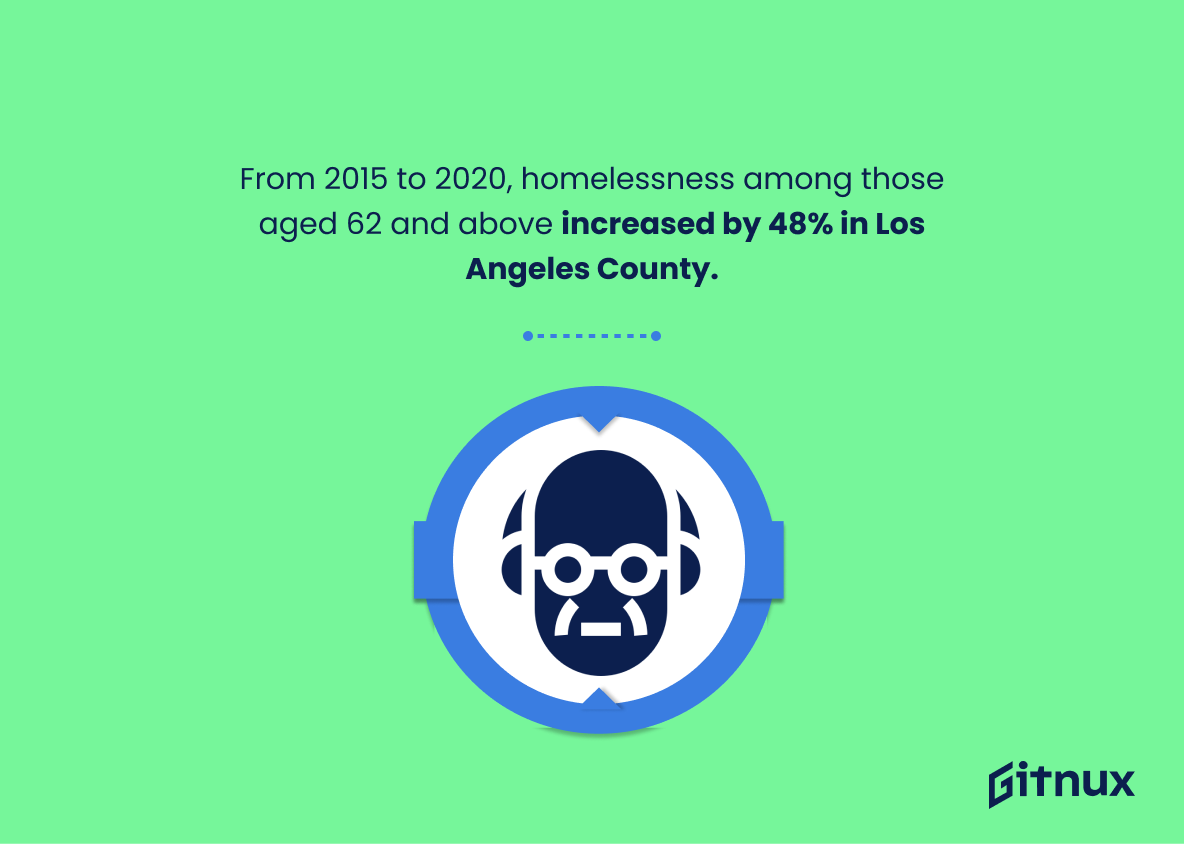Welcome to our deeper dive into one of California’s most pressing social issues: homelessness. A scenic beauty housing Hollywood glamour and Silicon Valley innovation, California is a state of contrasts, nowhere more apparent than in the staggering homeless statistics. In the heart of prosperity, the shadow of homelessness looms large. This blog post aims to dissect an array of hard-hitting data and demystify the numbers, giving you an unfiltered glimpse into the severity of the homelessness crisis in the Golden State. Our hope is that by shedding light on these alarming figures, we stimulate more informed discussions and empower actions towards mitigating this human crisis.
The Latest Homeless In California Statistics Unveiled
California has the highest number of homeless inhabitants, with over 161,000 people experiencing homelessness.
Highlighting the number of individuals experiencing homelessness in California, namely over 161,000 people, serves as a sobering benchmark in the discussion of homelessness within our blog post on Homeless In California Statistics. This palpable figure demonstrates the severity of the issue at hand, capturing the complex narrative of homelessness not as an isolated incident, but rather a systemic issue that demands immediate attention and unified efforts. By presenting this staggering statistic, we not only throw a spotlight on California’s predicament but also instigate critical thought and actionable conversation among our readers around potential solutions to curb this pressing matter.
As of January 2019, California accounted for 27% of the nation’s homeless population.
Painting a vivid picture of the homelessness crisis in California, the aforementioned statistic, denoting that a staggering 27% of the country’s homeless population resided in the Golden State as of January 2019, delivers a compelling statement. With such a significant portion of the homeless happening right in California, it underscores the severity and magnitude of the problem at its heart. This statistic stands as a beacon, shedding light on the escalating issue, inviting readers to delve deeper into the causes and potential solutions being discussed throughout the blog post. It sets the scene for an engaging discourse on a critical social issue that requires urgent attention.
California has the highest rate of unsheltered homelessness, with approximately 71% of the state’s homeless population living unsheltered.
Unveiling a chilling reality, the aforementioned statistic sets a stark backdrop to our discussion on homelessness in California. As the curtain rolls back, we observe that an overwhelming 71% of the state’s homeless population lacks the very fundamental of human necessities – shelter. The proportion is monumental, surpassing all other states and thereby putting California in the unwelcome spotlight. This statistic not only highlights the gravity of the issue at hand but also provides a quantitative benchmark to gauge the efficacy of initiatives aimed at combating homelessness. As the conversation unfurls, these figures will serve as the cornerstone, catalyzing a deeper exploration into the driving factors, foreseeable challenges, and potential solutions in California’s battle against homelessness.
Los Angeles County has seen a 12.7% increase in homelessness from 2019 to 2020.
Peering into the lens of homelessness stats in California paints a large, stark picture, illuminated with the stark reality of a 12.7% surge in homelessness in Los Angeles County from 2019 to 2020 alone. It is as if we were reading a thriller where these numbers underscore the persistent and growing issue of homelessness, evolving into a powerful narrative of intensifying struggle.
Underneath the abstract numbers, the gritty stories of real people emerge, dwelling in tents, cars, or wandering in the streets; it disturbs the paradisiacal image of the Golden State and challenges us all. Are we as society ensuring basic human rights across economic strata? The dissemination of such daunting numbers in a blog post on Homeless In California Statistics is an imperative; it calls for collective action and attention towards finding sustainable solutions, while keeping us informed about the urgency and velocity of the problem. This narrative, supported by statistical evidence, is a petition to better comprehend the scale of the crisis, prime empathy, and analyse the effectiveness of homelessness prevention methods.
There has been a 16.4% increase in homelessness in San Francisco from 2017 to 2019.
Painting an accurate portrait of the plight of homelessness in California, this statistic serves as a powerful spotlight, highlighting a 16.4% surge in homelessness in San Francisco from 2017 to 2019. This surge is more than just a figure, it punctuates a disturbing trend, defining the crisis in human terms. Drawing attention to this escalation through this blog brings into sharp relief the depth of the issue we face in the Golden State. Thus, it underscores the urgent need for far-reaching, effective interventions to reverse this trend and reduce the number of people forced to live on the streets of one of the wealthiest cities in the world. This figure holds up a mirror to society, asking us all to question how and why this is happening, encouraging readers to ponder potential solutions and, perhaps, even to take action themselves.
Veterans make up approximately 9% of the total homeless population in California.
The juxtaposition of “veterans”—those who’ve bravely served America, defending our rights and freedoms—and “homelessness”—a state of destitution reflecting a failure of societal safety nets—always strikes a chord. The sobering fact that nearly one in ten people experiencing homelessness on the golden streets of California have worn our nation’s uniform exposes a deep-seated issue. Shedding light on this population’s plight underscores the urgency for strategic, compassionate, and comprehensive solutions. This statistic conveys the gravity of an often overlooked segment within California’s homeless crisis, demanding our attention and action for those who once unflinchingly stood on our nation’s frontline.
In 2018, 32% of Sacramento’s homeless population was experiencing chronic homelessness.
Casting a spotlight on the 2018 statistics, we unveil an alarming revelation: 32% of Sacramento’s homeless population was grappling with chronic homelessness. This poignant fact places a magnifying glass over the long-term hardship many homeless individuals face in California’s capital, underscored by the struggle’s chronic nature. It emphasizes the depth of the homeless crisis, pushing beyond simple numbers to illustrate the severity and persistence of the issue. As such, it forms a crucial cornerstone of the discussion on homelessness in California as it calls for solutions that address not just homelessness, but chronic homelessness.
About 82% of all unaccompanied homeless youth are unsheltered across California.
Shining the spotlight on a staggering data point: about 82% of all unaccompanied homeless youth do not have a roof over their heads across California. This presents a disturbing portrayal of the homeless scenario in the state, underlining the terrible state of living conditions for a significant portion of the young homeless population. Not only does this reflect on the gravity of the homelesness issue overall, but it mandates an urgent need to formulate effective strategies targeting youth-centric interventions. In the cascade of homeless statistics emerging from California, this data anchors an alarming reality that calls for utmost attention and immediate action.
Around 14% of the homeless population in California in 2020 were victims of domestic violence.
Shedding light on a startling statistic—approximately 14% of California’s homeless population in 2020 had endured the horrors of domestic violence—it weaves a stark portrait of the multidimensional vulnerabilities faced by these individuals. More than being merely unroofed, this demographic also represents survivors of personal trauma and violence, a sobriety check for any discussion on homelessness in California. This percentage is a loud outcry for the need to intertwine domestic abuse prevention and social support systems in addressing homelessness—a distressing yet largely invisible intersectionality. Plucking this figure from obscurity, it punctuates the narrative of homelessness, adding an urgent clause to the conversation that should catapult policy-makers and community organizations into immediate action.
In 2020, homeless individuals who suffered from severe mental issues represented 25% of the homeless population in California.
Delving deeper into California’s homeless crisis, it’s striking to realize that a considerable 25% of the homeless population in 2020 grappled with severe mental issues. This percentage isn’t just a mere number – it serves as a vivid testament to the intertwined nexus of mental health and homelessness. It illuminates an under-acknowledged dimension of the problem, emphasizing the urgent necessity for a multi-faceted response that goes beyond mere housing provisions to include comprehensive mental health support. Furthermore, it highlights the potential effectiveness of prevention tactics at the intersection of mental healthcare and homelessness in curbing California’s homelessness crisis – an aspect often overlooked amid other, purely housing-centric discussions.
In 2020, about 8,576 people, or 19% of Orange County’s 44,000-plus homeless individuals, utilized supportive housing services.
Highlighting this particular statistic emphasizes the reach and impact of supportive housing services in addressing homelessness in California, specifically in Orange County. It underscores the role of such services in assisting a sizeable portion of the homeless population. Given that almost one-fifth of Orange County’s homeless population turned to use these services in 2020, it suggests that these initiatives indeed hold an essential place in the equation to alleviate homelessness. Furthermore, by spotlighting this fact, we can create a dynamic dialogue about the successes and potential areas for improvement in these strategies, thus contributing to the ongoing discourse about mitigating homelessness in California.
More than half (57%) of adults experiencing homelessness in the San Diego region first became homeless in San Diego.
Highlighting the statistic that 57% of adults experiencing homelessness in the San Diego region first became homeless in San Diego unravels a crucial narrative. From it, readers can infer that homelessness is not solely a result of individuals migrating to California due to its comparatively milder climate or perceived resources, a common misconception. Instead, this figures underscores the roots of homelessness which is deeply interwoven into the socio-economic fabric of the locality. This statistic acts as a compelling clarion call, urging policymakers and citizens alike to seek solutions within their community structures, tackling systemic issues like housing affordability, local poverty rates, and availability of social services.
In San Francisco, 70% of homeless people reported having physical health problems in 2019.
Spotlighting the intense statistic–70% of San Francisco’s homeless population reporting physical health troubles in 2019–can provide profound insight in our exploration of homeless issues in California. Undeniably, it casts a sharp focal point on the intricate intersection of homelessness, healthcare affordability, and overall wellbeing. The percentage isn’t merely a number but a thunderous echo of hardships faced daily on the streets of San Francisco. Shedding light on this reality allows for a more comprehensive understanding of the domino effect it has on the greater cycle of poverty, reminding us that behind each statistic, there lies a human story.
In 2020, 77% of newly homeless individuals in San Francisco were living in the city at the time they became homeless.
The compelling realization from this statistic is the revelation that homelessness doesn’t merely descend from those unfamiliar with San Francisco’s landscape. Indeed, 77% of 2020’s newcomers to the city’s homeless community were not outsiders or drifters, but people who woke up in their own San Francisco beds, carried out their day-to-day routine, and ended up without a roof over their heads. This not only uncovers the poignant truth that homelessness is often local, but also emphasizes the gravity of California’s housing and economic issues that affect long-time urban dwellers in equal measure. This information serves as a springboard for discussions about rent increase, loss of employment, and the pressing need for effective policy changes on the broader state level.
From 2015 to 2020, homelessness among those aged 62 and above increased by 48% in Los Angeles County.
The rise of 48% in homelessness among those aged 62 and above in Los Angeles County from 2015 to 2020 should not be overlooked when discussing Homeless in California Statistics. This alarming surge reveals crucial information on the increasing vulnerability of the elderly population, a demographic that ordinarily requires consistent care and stable housing. It seizes our attention, demonstrating the profound intricacies and amplifying factors of homelessness in this specific region of California. It accentuates the dire need for immediate, focused interventions catered specifically to address the unique needs of this rapidly growing demographic in the homeless population.
In Alameda County, 73% of homeless residents reported being homeless for one year or longer, indicating a trend toward chronic homelessness.
Underscoring the gravity of chronic homelessness in California, the figure gleaned from Alameda County – of 73% of homeless residents experiencing homelessness for a year or longer – illustrates the extreme challenges in securing stable housing in the state. In a blog post concerning “Homeless in California Statistics,” this revealing percentage not only emphasizes the persistent nature of the state’s homelessness crisis but also suggests the potential social, health, and economic implications that come with long-term homelessness. Hence, drawing the reader’s attention to this alarming trend underscores the urgency for effective and lasting interventions.
An estimated 1 in 6 homeless adults in the United States resides in Los Angeles County, according to 2020 data.
Giving you a snapshot into the harsh reality of homelessness in the United States, one startling figure highlights the intensity of the issue in the Golden State. The 2020 data reveals that Los Angeles County, a single county in California, serves as a reluctant home to 1 in 6 homeless adults in the entire United States. When navigating the rough seas of homeless statistics in California, this fact serves as a stark beacon, illuminating the urgency of the issue not just on a state-wide level, but also within the microcosm of one county. The weight of this statistic underlines the disproportionate impact of homelessness in this region, calling for targeted, strategic interventions.
Conclusion
The rising statistics of homelessness in California reveal a crisis that demands firm, compassionate, and sustainable solutions. While local and state authorities grapple with this issue, it is integral for stakeholders to view homelessness not just as a social issue, but one intertwined with mental health, wage gaps, and housing affordability. By addressing the root causes, and committing to systematic changes, California can once again become a beacon of hope, opportunity, and prosperity for all. It’s clear that every Californian has a role to play: public officials, private sectors, non-profit organizations, and ordinary citizens. Together, we can alter these statistics and provide everyone with a real place to call ‘home.’
References
0. – https://www.www.va.gov
1. – https://www.hsh.sfgov.org
2. – https://www.www.usich.gov
3. – https://www.www.ocregister.com
4. – https://www.www.rtfhsd.org
5. – https://www.www.hudexchange.info
6. – https://www.sf.curbed.com
7. – https://www.www.lahsa.org
8. – https://www.everyonehome.org
9. – https://www.www.cityofsacramento.org
10. – https://www.endhomelessness.org
